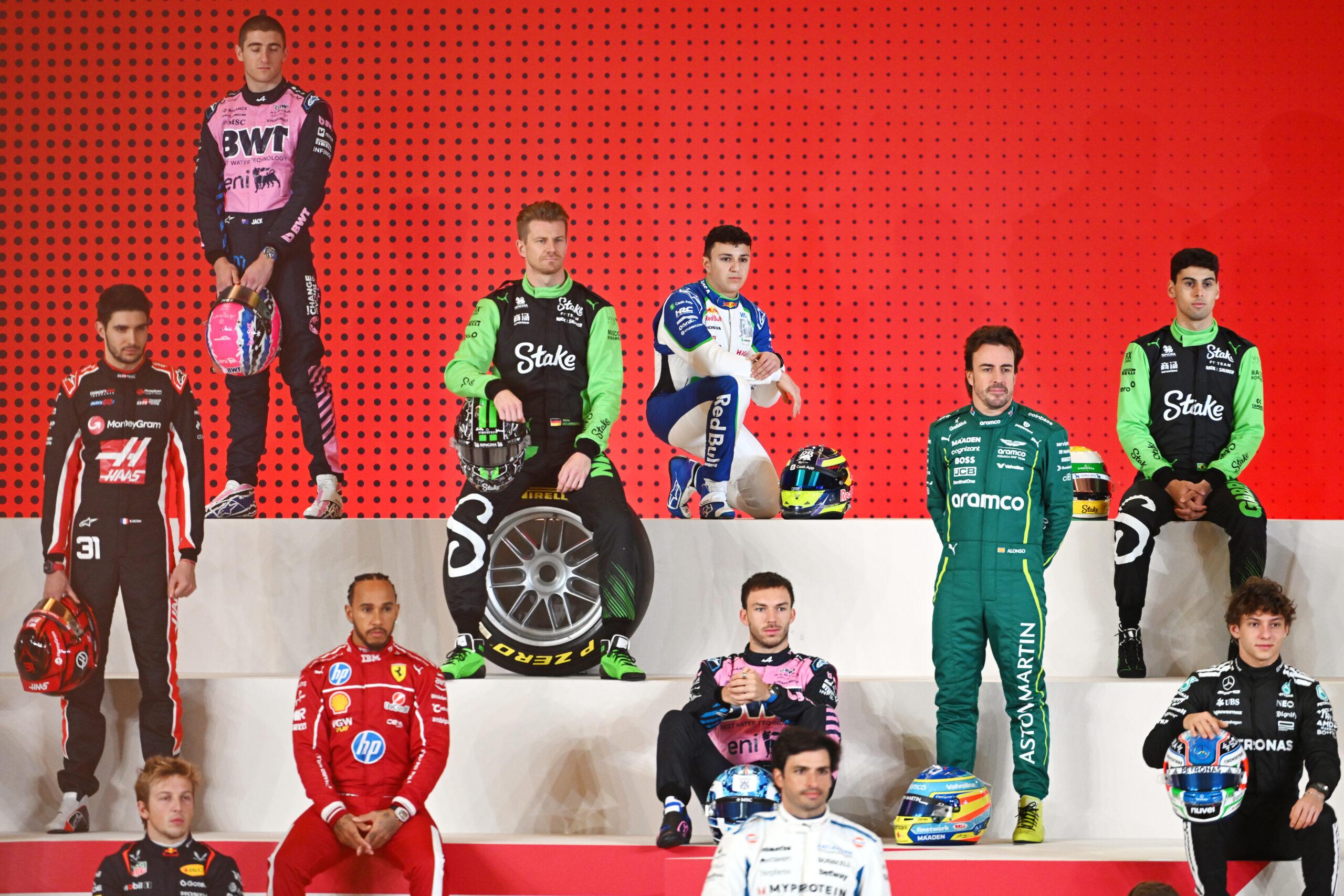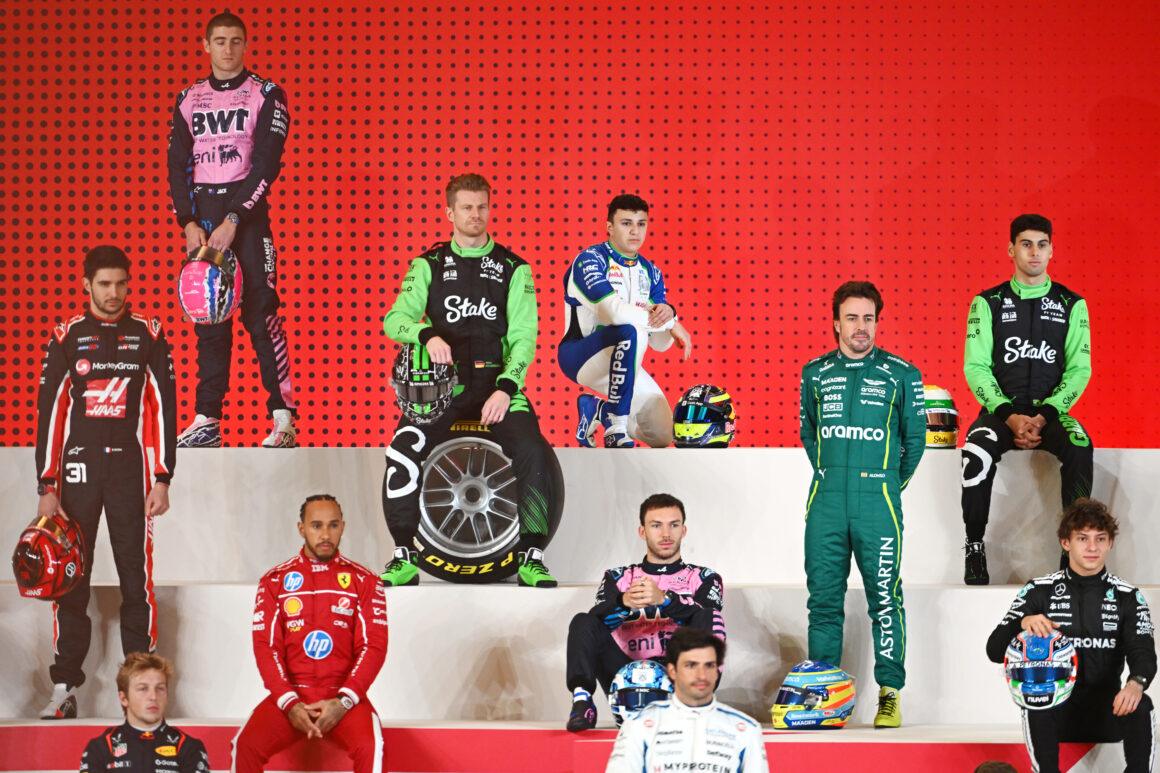Let’s kill the myth right now: Formula 1 cars don’t sip fuel, they weaponize it. But the modern era forced a reality check. Since 2014, the sport runs brutal efficiency through hybrid tech that would make road cars blush. Real-world? A contemporary F1 car averages roughly 5–6 mpg during a race. Yes, really. Not a typo—pure pace comes at a price.
However, context matters. On out-laps, safety car phases, or lean fuel modes, that figure can creep higher. On qualifying laps? It plummets. The real miracle is that they’re this fast while using this little. The competition? Reduced to expensive spectators.
What “MPG” Even Means in F1
MPG in Formula 1 is a crude translation of a world that lives in kg of fuel per race and “fuel flow” limits. Teams don’t measure range; they calculate energy budgets. Since 2014, cars run hybrid V6 turbos with a max fuel flow of 100 kg/hour under boost and a total race fuel allowance capped for most of the hybrid era.
So no, they’re not filling up at the pump and checking a trip computer. They’re managing energy, harvesting from braking, and turning waste heat into lap time. Classic F1 sorcery, minus the wand.
Why the MPG Number Isn’t Static
Track layout decides the appetite. Monza? Throttle pinned, lower mpg. Monaco? Short bursts, lots of lifting—marginally better. Add weather, safety cars, and tire strategy, and you’ve got a moving target. The plot thickens like Ferrari’s excuse list.
Driver style matters too. Smooth liftoff-and-coast merchants can stretch the fuel and save the race. The old-school “full send” style? File this under: Yikes.
Fuel Limits, Engine Tech, and Why Efficiency Skyrocketed
The hybrid era forced teams to become efficiency scientists. Energy Recovery Systems grab kinetic and heat energy, then shove it back into acceleration. A modern power unit hits thermal efficiency figures of 45–50%—insane compared to road cars.
This isn’t a Prius with a spoiler. It’s a 1.6-liter V6 turbo mated to electric motors ripping out over 900 horsepower while drinking measured rations. Somewhere, a PR manager just had a minor stroke.
The Real-World Figure: What Fans Love to Ask
On a typical Grand Prix, an F1 car uses about 100 kg of fuel to cover ~305 km. Convert that, and you land around 5–6 mpg depending on the circuit and conditions. Harsh? Sure. But remember: they’re lapping at speeds that send endurance racers back to karting school.
And during qualifying, consumption rockets while the lap times crater. Lights out and away we… oh wait, the fuel meter is crying.
Track-by-Track MPG: The Usual Suspects
Different venues, different appetites. Fast tracks like Monza and Spa are fuel-guzzlers. Street circuits with constant braking, like Monaco and Singapore, give the hybrids a chance to harvest energy and play efficiency hero. The wind? It plays favorites. Apparently, it’s a Red Bull fan.
- High-speed circuits: Lower mpg, higher fuel burn, maximum ERS deployment
- Street circuits: Slightly better mpg, more lifting and coasting
- Wet races: Mixed—lower speeds but higher drag and tire drag can offset gains
How Teams Hit Those Numbers Without Crawling
Lift-and-coast is the oldest trick in the book. Drivers brake less, lift earlier, and let physics help. It’s not glamorous, but neither is running out of fuel with two laps to go. Another masterclass in how NOT to finish.
ERS deployment shapes the lap. Full battery? Attack. Low charge? Nurse it. Timing that power delivery is the chess game under the hood. And when it works, the competition? Reduced to expensive spectators.
Fuel Flow Limits: The Invisible Hand
Since the hybrid era began, the fuel flow constraint capped max energy per second. That means less “dump-and-go,” more “plan-and-execute.” Cars can’t just drown the engine in petrol at high revs. Technical directors wept. Aerodynamicists cheered.
Throw in mix settings, cooling needs, and engine modes, and you’ve got a dozen ways to go slower or smarter. Bold strategy: let’s do exactly what lost us the last three races.
Historic Callback: Old V10s vs. Modern Hybrids
Want nostalgia? V10s sounded like thunder and drank like sailors. Back then, 3–4 mpg wasn’t a scandal, it was Tuesday. They screamed; they didn’t apologize. Peak noise, peak thirst.
Now? Same lap times at many tracks with half the gulp. Schumacher’s era flexed power; today’s cars flex efficiency. Channeling 2004 Ferrari dominance—minus the consumption.
Weather’s Got Jokes Too
Rain shows up like that friend who always causes drama. Slower laps can ease fuel burn, but the drag and wheelspin steal it back. Net result? Case-by-case chaos. Grab your popcorn.
Heat spikes track temps and cooling demands. More lift-and-coast to save the power unit. The track temperature hit levels that would make Hell consider air conditioning.
Comparing F1 to Road Cars and Other Series
Road cars can beat the mpg by miles. Not the point. F1 extracts obscene power from minimal fuel while living at the edge of physics. That’s the flex. Efficiency under duress.
Endurance racing hybrids can run higher mpg, but at lower peak lap pace per kilo of fuel. Different job, different calculus. F1’s job? Be the fastest thing on four corners. Mission accomplished.
Quick Reference: Real-World MPG Snapshot
| Scenario | Approx MPG | Notes |
|---|---|---|
| Race average | 5–6 mpg | Varies by track, strategy, weather |
| Qualifying push laps | 3–4 mpg | Maximum power, minimal economy |
| Safety Car / heavy lift-coast | 6–8 mpg | Lower speeds, fuel save modes |
The Bottom Line
Modern Formula 1 sits at the crossroads of speed and smarts. The headline figure—around 5–6 mpg in race trim—doesn’t tell the full story, but it shuts down the clueless takes. Efficiency isn’t a trend here; it’s the rulebook.
You want old-school noise and fury? Sure. But today’s hybrids are quieter assassins. And when they hit “hammer time,” RIP to everyone’s lap times.

